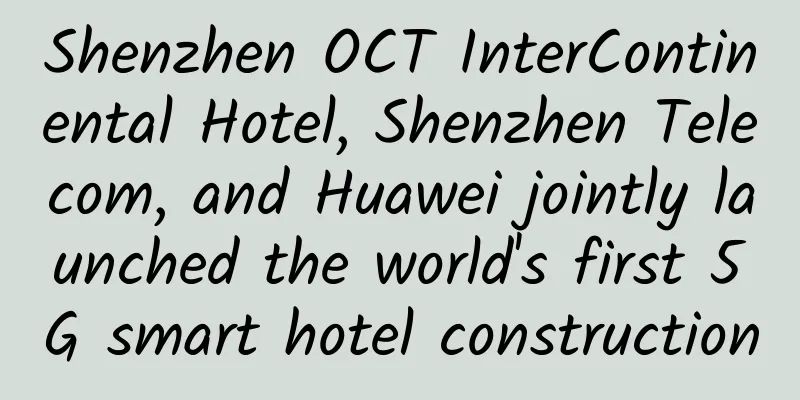5G modem and processor shipments surge

|
Data from the Global Mobile Suppliers Association (GSA) shows that shipments of 5G discrete modems more than doubled last year compared with the previous 12 months, while sales of mobile processors increased tenfold over the same period. According to the survey, as of this month, there are 29 commercial 5G mobile processors/platforms and 11 commercial discrete 5G modems on the market. (Source: GSA) In the past, this analysis has been an excellent indicator of the technology contained in mobile devices and the volume shipped. GSA said there are five significant suppliers of 5G chipsets: Qualcomm, MediaTek, Samsung, Huawei (Hi-Silicon) and Tsinghua Group (UNISOC, formerly Spreadtrum). All five companies are said to be expanding their product ranges. The survey also identified 29 commercial 5G mobile processors/platforms and 11 commercial discrete 5G modems provided by the above chip companies. The association also identified one pre-commercial modem and three pre-commercial processors/platforms for the fast-growing 5G market, but did not disclose the company's name. The January 2021 survey also shows that for LTE silicon, excluding 5G chipsets that will also support LTE, there are 19 commercial discrete cellular LTE modem chipsets from five suppliers: Qualcomm, Hi-Silicon, Samsung and Tsinghua, as well as Sanechips (formerly ZTE Microelectronics). Of course, there are other modems available, but these are integrated with other processors in various mobile platforms. Of course, the largest chipset category in the GSA database is LTE mobile processors/platforms. In fact, the database shows 178 commercially available products - excluding those designed specifically for IoT applications and not including those that support 5G. Suppliers include GCT, Hi-Silicon, Qualcomm, MediaTek, Sequans, Samsung, Leadcore, Sony Semiconductor Israel (formerly Altair) Tsinghua, Innofidei, and Xiaomi. GSA also tracks the market for some specific LTE features. For example, the report states that as of January 2021, there are 17 processors/platforms and discrete cellular modems that support VoLTE and eMBMS (LTE broadcast/multicast), and 5 that support LTE in unlicensed spectrum. The survey noted that there are other mobile processors/platforms in the pipeline, notably from Qualcomm, GCT and Tsinghua, but these were not included in the analysis. It should be noted that GSA does not track baseband processors, DSPs, or separate RF front-end transceivers, nor does it track silicon designed specifically for base stations. However, the database does include chipsets targeted at enterprise and residential small cells, as well as chipsets for fixed wireless applications, as these are classified as devices. Commenting on the update, GSA Chairman Joe Barrett said the analysis was "encouraging" and that as an industry "we can only be excited about the opportunities 2021 will bring." He also noted that the state of 5G silicon “is a good indicator of the underlying health of the broader 5G ecosystem.” |
>>: The overall price of 5G mobile phones fell in January 2021
Recommend
4G is still growing, and 5G is still a long way off
Recently, the Ministry of Industry and Informatio...
Brocade Launches New Agile Data Center Portfolio to Help Enterprises Transform Digitally
[51CTO.com original article] In 1992, Andrew Grov...
Qorvo Announces Increased RF Fusion20TM Module Availability
[[390846]] Qorvo, a supplier of RF solutions for ...
Top 10 Internet Acquisitions of 2020
Even in the global economic downturn, the network...
"New infrastructure" is a super hot spot, with direct investment exceeding 10 trillion yuan and driving investment exceeding 17 trillion yuan
At the press conference of the National Developme...
Ministry of Industry and Information Technology: my country's number of number portability users has reached 26 million
Today, at the press conference on the development...
ADX application delivery ensures your business continuity and improves your access experience
The purpose of IT informatization is to improve t...
2 and a half years have passed since the first year of 5G, but users are still reluctant to upgrade to 5G
[[419264]] Recently, it is understood that even t...
edgeNAT March Promotion: Korean Dedicated Server/All VPS 20% off for monthly payment and 30% off for annual payment
edgeNAT has launched a promotional event after th...
One article to understand SAN network composition and daily operation and maintenance
[[268180]] 1. What is SAN network? Baidu Encyclop...
Twisted Pair vs. Fiber Optic Cable Advantages and Challenges
Data transmission is the backbone of today's ...
Spain's 5G state subsidies may exclude Huawei, Huawei appeals
On October 10th, local time on Monday, Huawei app...
5G promotes the rapid development of smart healthcare
Recently, the Ministry of Industry and Informatio...
[New Year's Day] DogYun Elastic Cloud 30% off/Classic Cloud 20% off 16 yuan/month, top up 100 yuan and get 10 yuan free, independent server 200 yuan/month
DogYun (狗云) has launched a promotional event duri...









